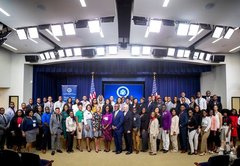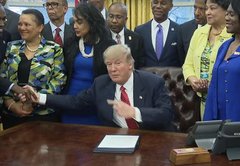Ensure funding for historic black colleges
Donald Trump
“My plan will also ensure funding for historic black colleges and universities, more affordable two- and four-year college and support for trade and vocational education.”
Trump-O-Meter

Promise Kept



